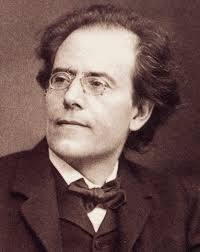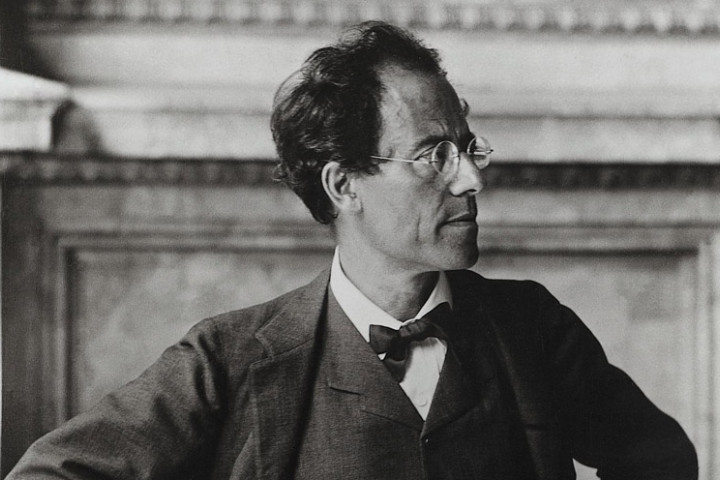The History of Symphony No. 5 by Gustav Mahler
Gustav Mahler’s Symphony No. 5 stands as one of the most iconic and emotionally charged works in the orchestral repertoire. Composed between 1901 and 1902, this symphony represents a turning point in Mahler’s creative journey, marking a departure from the vocal-symphonic style of his earlier works and embracing a purely instrumental form filled with depth, contrast, and innovation.
A Time of Transformation
The turn of the 20th century was a period of great personal and professional change for Mahler. In 1901, after suffering a near-fatal hemorrhage, he took a summer retreat to recuperate in the Austrian countryside. That summer, in the peaceful surroundings of Maiernigg near the Wörthersee, Mahler began sketching what would become his Fifth Symphony.
This was also a time of emotional rejuvenation. In 1902, Mahler married Alma Schindler, a brilliant and musically gifted woman. Their relationship had a significant impact on his life and art. The joy and complexity of his feelings for Alma are deeply embedded in the music of the Symphony No. 5, particularly in its famous fourth movement, the Adagietto.
Structure and Innovation
Mahler’s Fifth Symphony is structured in five movements, grouped into three major parts:
- Part I
- Trauermarsch (Funeral March): Solemn and dramatic, this movement sets a mournful tone, marked by a solo trumpet fanfare that instantly establishes a mood of gravity.
- Stürmisch bewegt, mit größter Vehemenz: A furious and turbulent movement, reflecting Mahler’s confrontation with death and turmoil.
- Part II
- Scherzo: Bright, lively, and filled with complex rhythms, this central movement showcases Mahler’s love for Viennese dance forms and his mastery of orchestration.
- Part III
- Adagietto: Perhaps the most famous movement in all of Mahler’s symphonies, this tender and introspective piece for strings and harp is widely interpreted as a love letter to Alma. It gained additional fame in the 20th century through its use in Luchino Visconti’s film Death in Venice (1971).
- Rondo-Finale: Joyful and contrapuntal, the finale brings the symphony to a triumphant conclusion, full of exuberance and life.
Unlike his earlier symphonies, Symphony No. 5 features no vocal parts and draws from a wide palette of orchestral colors to convey its emotional narrative. The absence of text gives the listener freedom to experience the music in a more abstract, personal way.
Reception and Legacy
Mahler conducted the premiere of the Symphony No. 5 in Cologne in 1904. The reception was mixed—audiences and critics alike found the work complex and difficult to understand. Even Alma Mahler confessed to being puzzled by it at first. Over time, however, the symphony gained recognition as one of Mahler’s most profound achievements.
Mahler himself was known to revise the score several times, demonstrating his deep commitment to perfection. Today, the Fifth Symphony is celebrated for its dramatic power, structural brilliance, and emotional range. It remains a staple of the symphonic repertoire and a favorite among conductors, orchestras, and listeners worldwide.
A Monumental Work
Gustav Mahler’s Symphony No. 5 captures the essence of the composer’s inner world—his fears, his joys, his existential struggles, and his passionate love. It is a work that bridges the Romantic and modern eras, blending tradition with innovation. Whether experienced live or through recordings, the symphony continues to move audiences with its sweeping beauty and profound humanity.


Comments are closed